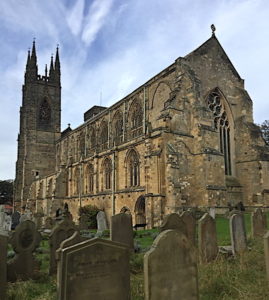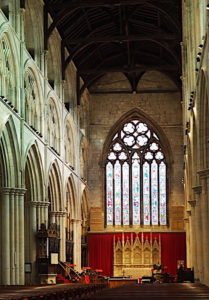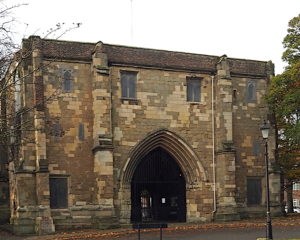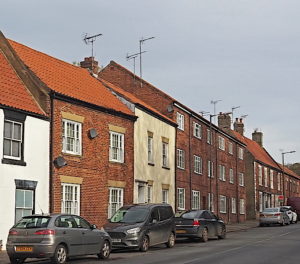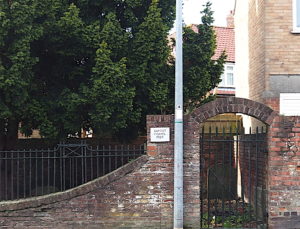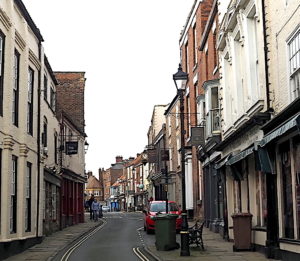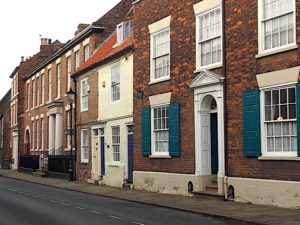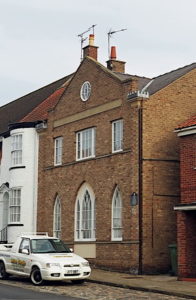“Bridlington”:https://www.silvertraveladvisor.com/travel-product/place/208134-bridlington is a town of two parts, which have grown to form a whole. “null”:http://Bridlington Quay “Bridliungton Quay”:https://www.silvertraveladvisor.com/review/place/208160 grew up around the harbour. Bridlington Old Town, about a mile inland, grew up around the Priory and, until the C19th, was a much more important settlement than Bridlington Quay. It was the major trading area for many of the surrounding villages which were dependent on the goods and products sold here. When the railway arrived in in the 1840s, economic activity moved to the harbour area.
High Street and Market street still have many their original buildings from the C17th and were used as the film set for Walmington on Sea in the 2016 film remake of “Dad’s Army”. The Old Town became a conservation area in 1969 and a copy of the Heritage Trail leaflet can be downloaded “here.”:https://www.bridlingtonoldtown.com/docs/bridlington-old-town-trail-yorkshire.pdf here.
The Manor of Bridlington was given to Gilbert de Gant by William the Conqueror. His son William founded a “Priory”:https://www.silvertraveladvisor.com/review/attraction/156784-review-bridlington-priory here in 1113 on the site of an earlier Saxon Church. This became one of the largest and wealthiest Augustinian Priories in Yorkshire.
The priory was dissolved in 1537 and all the priory buildings were pulled down and used for building stone. Only the nave survived as this had belonged to the town and it became the parish church.
It is still an impressive building, surrounded by its churchyard and Church Green, and is almost too big to photograph. The two west towers are a local landmark and are unusual in that they are asymmetrical. Church Green is an attractive green area and was the site of the Cattle market and twice yearly fairs. Kirkgate, running along Church Green and the Priory, is lined with C18th houses.
A settlement grew up around the Priory and was granted as weekly market and an annual fair. It was fortified by a wall in the C12th, during the conflict between Stephen and Matilda. Only the arched gateway of the Bayle Gate survives. Over the years this has had many different functions – courthouse, prison, town hall and school. It now houses a “local history museum.”:http://www.baylemuseum.co.uk
Just past the Bayle on the right is the tiny Applegarth Lane, which was once part of the Priory orchard. This was the site of the first Baptist chapel to be built in Bridlington in 1698, along with its burial ground.
High Street is still the main shopping street in the Old Town (separate review). Market Street is much wider as this was the site of the weekly market. Parking is also allowed along both sides of the road.The corn trade was very important and the original corn exchange was on Market Street. Trade had moved to the Black Lion at the junction of Market Street and High Street by 1870. The Corn Exchange House was rebuilt on Market Street in 1972 in the style of the original 1824 building.
The stocks and pillory outside the Pack Horse Inn are a replica. Wrongdoers faced public humiliation by being fastened into them and pelted with rubbish by the onlookers. Their use was abolished in 1837.
This is an area that very much repays exploring on foot.
